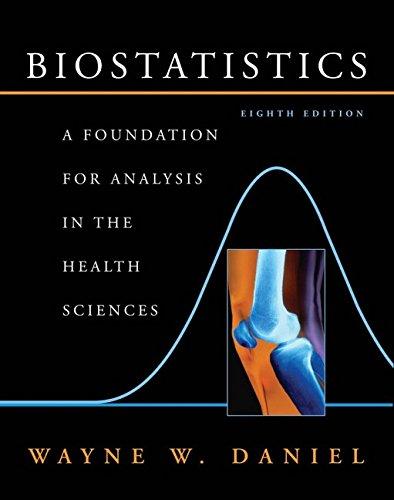9. For a variety of reasons, self-reported disease outcomes are frequently used without verification in epidemiologic research.
Question:
9. For a variety of reasons, self-reported disease outcomes are frequently used without verification in epidemiologic research. In a study by Parikh Patel et al. (A-12), researchers looked at the relationship between self-reported cancer cases and actual cases. They used the self-reported cancer data from a California Teachers Study and validated the cancer cases by using the California Cancer Registry data. The following table reports their findings for breast cancer: Cancer Reported (4) Cancer in Registry (B) Cancer Not in Registry Total Yes 2991 2244 5235 No Total 112 115849 115961 3103 118093 121196 SOURCE: Arti Parikh-Patel, Mack Allen, William E. Wright, and the California Teachers Study Steering Committee, "Validation of Self-reported Cancers in the California Teachers Study." American Journal of Epidemiology, 157 (2003), 539-545.
(a) Let A be the event of reporting breast cancer in the California Teachers Study. Find the probability of A in this study.
(b) Let B be the event of having breast cancer confirmed in the California Cancer Reg- istry. Find the probability of B in this study.
(c) Find P(ANB)
(d) Find P(A|B)
(e) Find P(B|A)
(f) Find the sensitivity of using self-reported breast cancer as a predictor of actual breast cancer in the California registry. (g) Find the specificity of using self-reported breast cancer as a predictor of actual breast cancer in the California registry.
Step by Step Answer:

Biostatistics A Foundation For Analysis In The Health Sciences
ISBN: 9780471456544
8th Edition
Authors: Wayne W. Daniel






